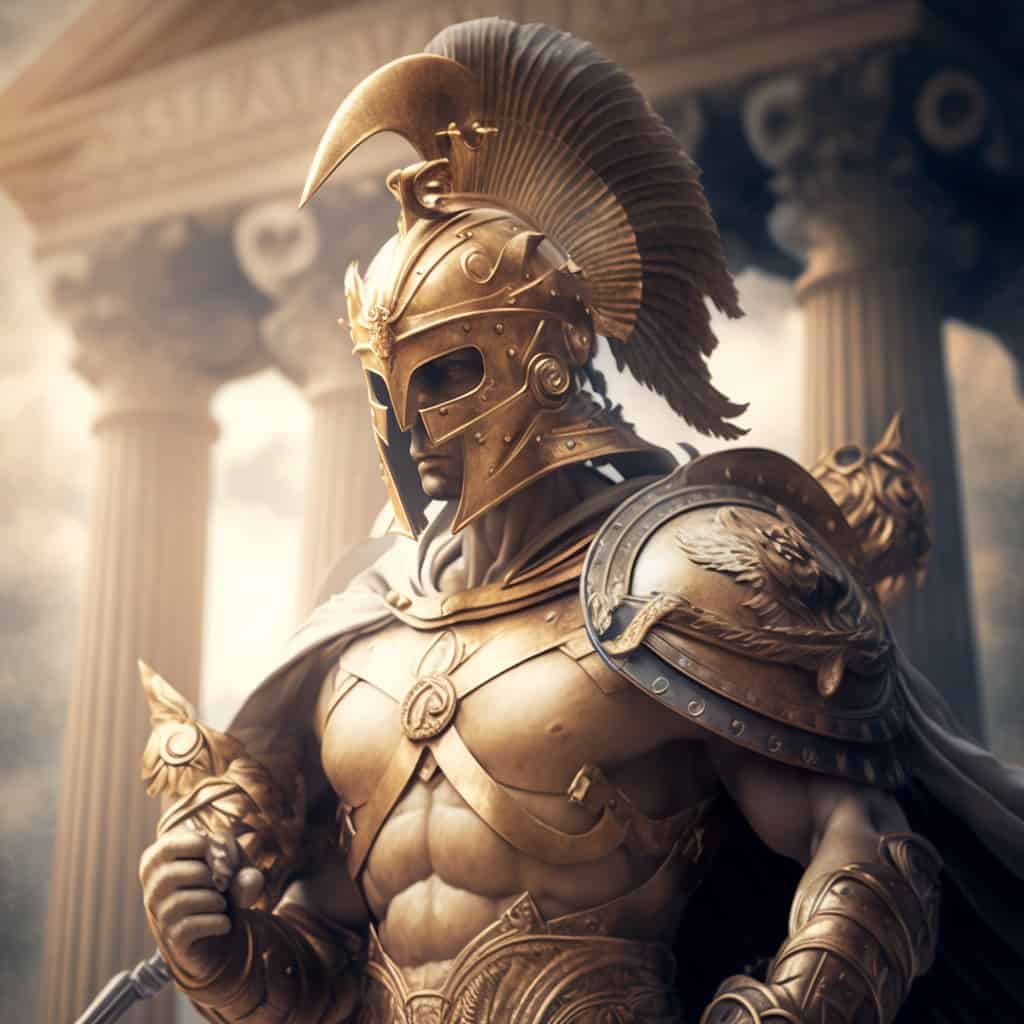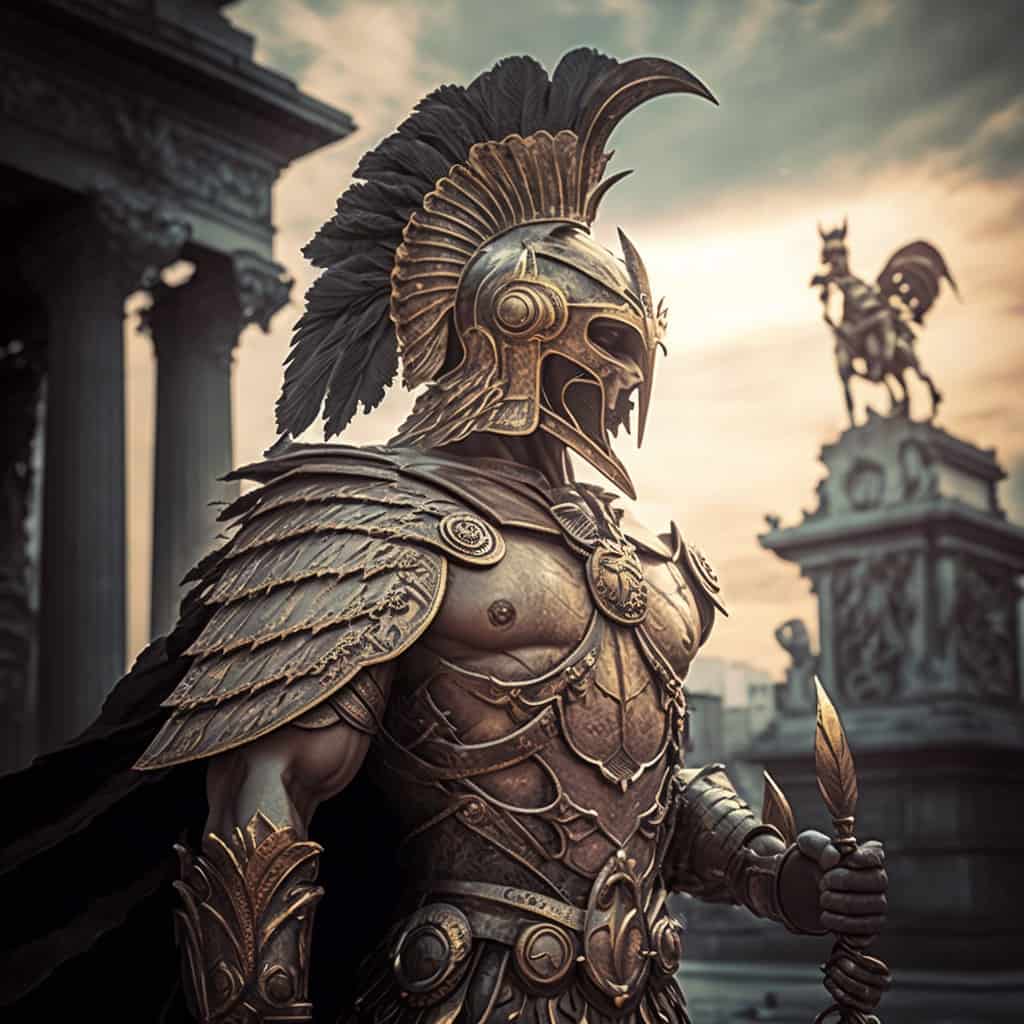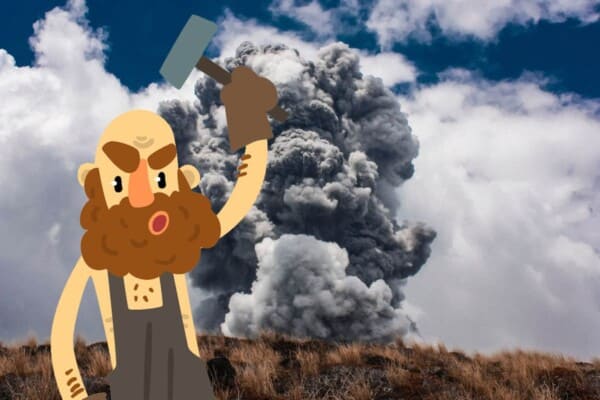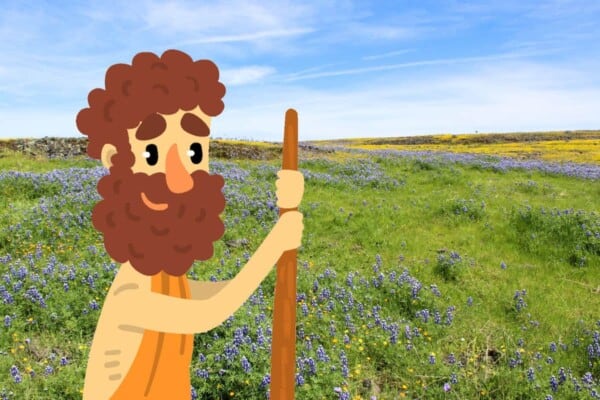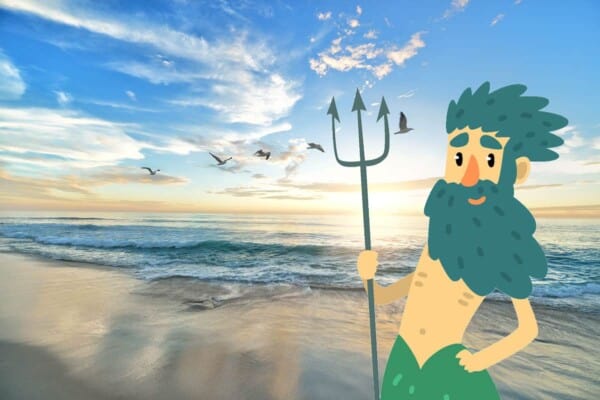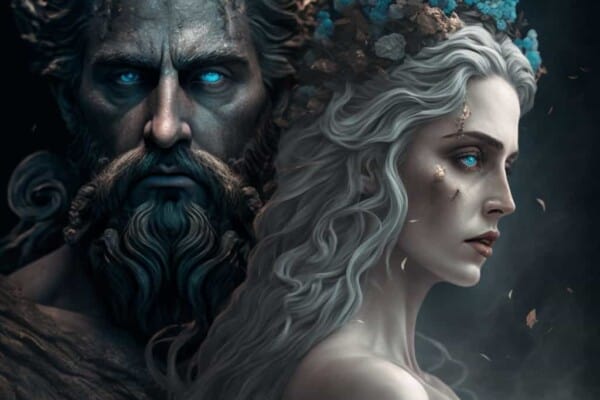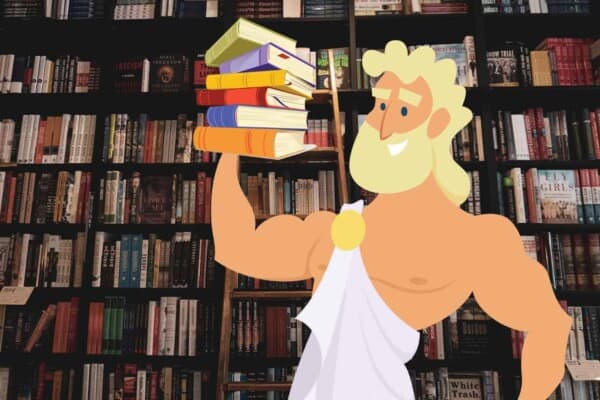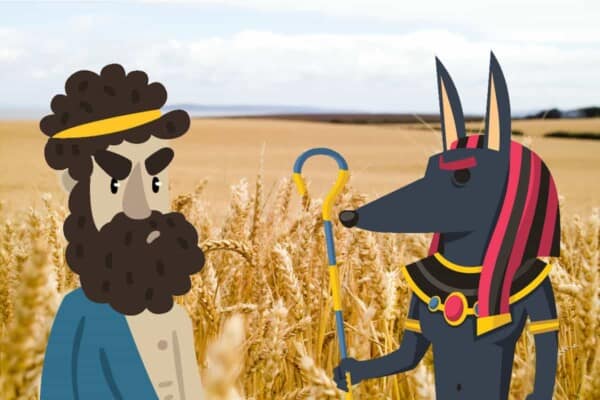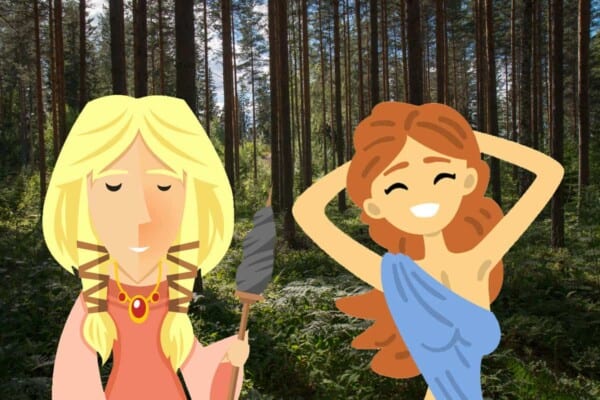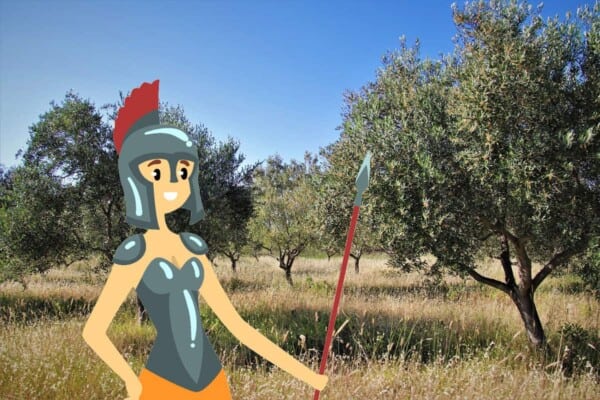The world of classic Greek epic poetry is full of amazing content to read, to the point where you could devote your whole life to study everything and you’d still fall short of finishing everything.
Luckily, there are two poems that are considered to be the top of the line for anyone out there, beginner or otherwise, and they are the Iliad and The Odyssey.
Both of these masterpieces were created by the famed Greek poet Homer, but did you know that there is another epic poem that used to be hailed as even greater than them?
This poem is largely forgotten these days, but the story that it depicts is still considered to be one of the most celebrated ones to have ever come out of Greek mythology.
It is called The Argonautica, and it tells the tale of Jason and the Argonauts’ search for the Golden Fleece. If that description piqued your interest, then you can check out the epic in a very readable translation known as Jason and the Golden Fleece (The Argonautica) (Oxford World’s Classics).
The original piece however was written by a poet known as Apollonius of Rhodes, and even though he never quite rose to be as popular as Homer, he still managed to make a name for himself thanks to the artistry of his work here.
But what exactly is the story of Jason, what are the Argonauts and most importantly, why do they want to find the Golden Fleece?
Is anything from this story based on real events and most importantly, where did the poet get his inspiration from? That’s what we’re here to find out.
So, embark on this journey with us as we go through everything there is to know about this epic poem, but before we actually analyze it for all it’s worth, let’s first recap the plot of the tale:
What is the Story of Jason and the Golden Fleece?
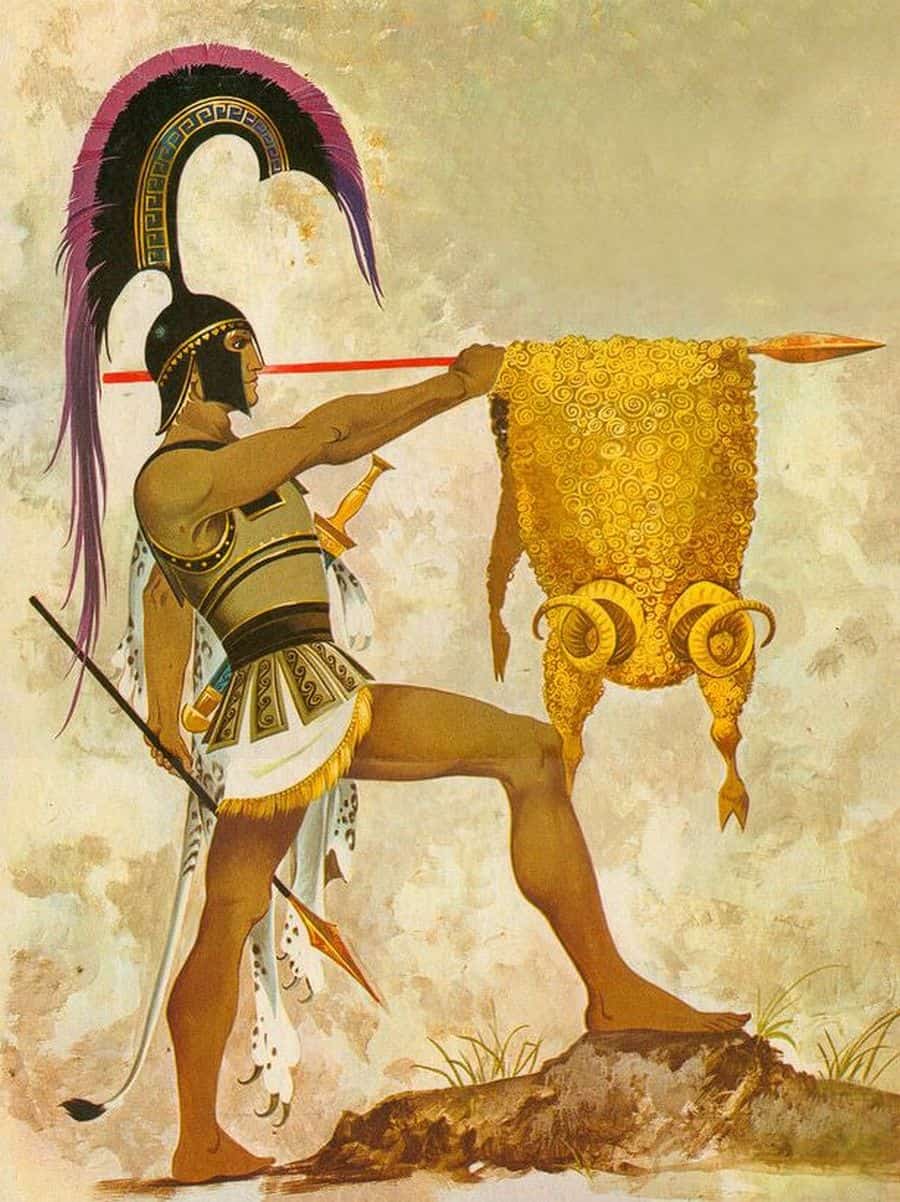
Jason’s story is similar to many other heroes’ stories. He came from a rich family, being the son of the king of Iolcos, Aeson, and yet when it came to his education, he was taught by the celebrated wise centaur Chiron himself.
During his teachings, Chiron made sure that Jason knew everything that he needed in order to survive on his own, including the art of war, hunting, music and more.
His father was eventually deposed by Pelias, his half-brother, completely taking over in his stead. As soon as he came into power however, he saw the training that Jason had undergone, and he feared that Jason would usurp him later on down the line.
His fears were made all the more apparent as he was warned by an oracle that the man to take him down would be one wearing a single sandal on one foot.
Lo and behold, one day Jason came up to his king to pay his respects, but on his way there he lost his sandal crossing a river.
Seeing this, Pelias immediately thought of numerous ways to dispose of his servant, eventually choosing to give Jason a mission that he was sure would result in his demise.
The Impossible Mission
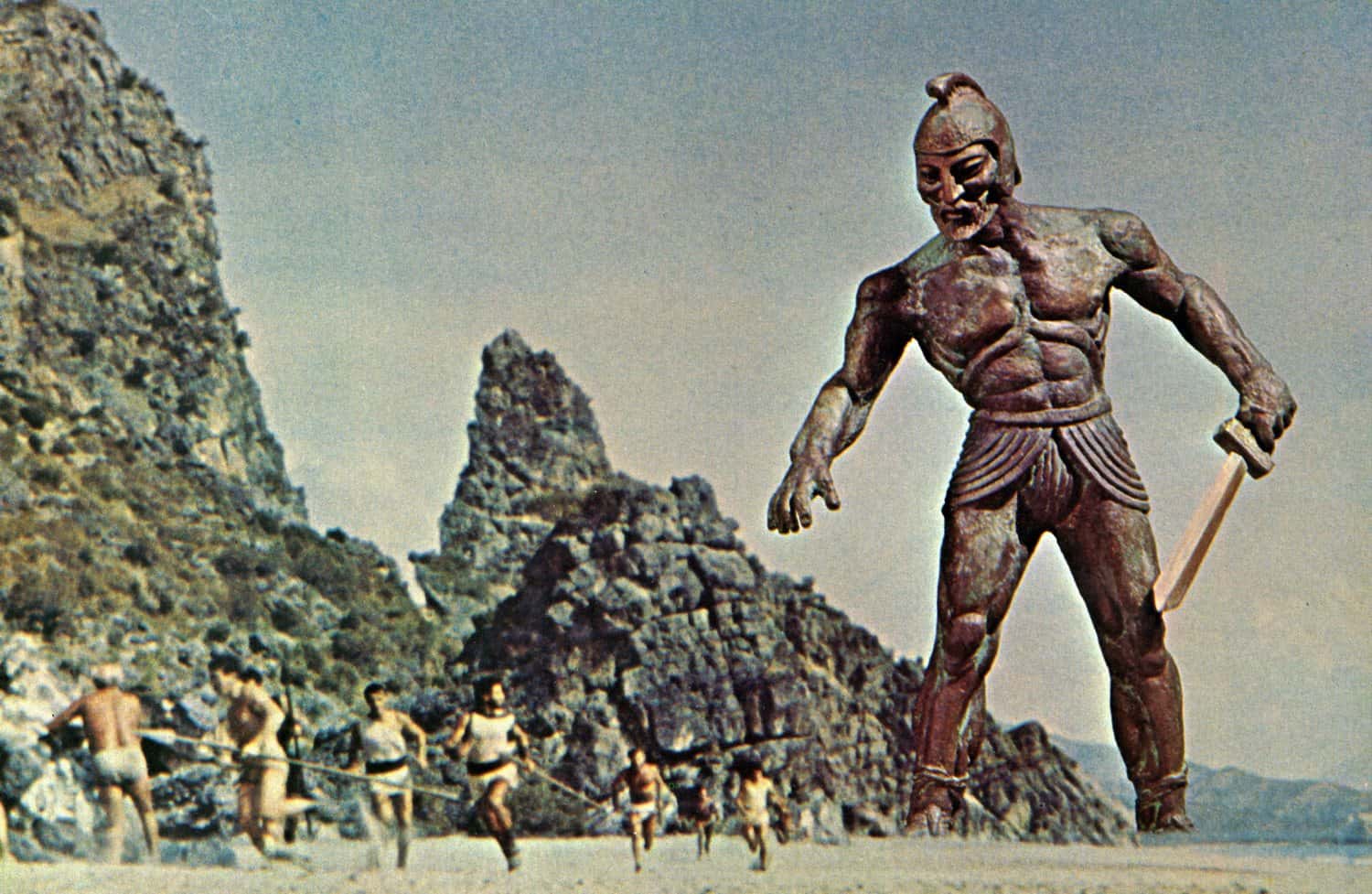
The mission stated as follows: Jason would have to go and recover the fabled Golden Fleece from Colchis. The reason as to why this was such an impossible task was because it was said that the fleece was guarded by a mighty dragon.
Upon hearing this however, Jason’s will was not swayed in the slightest, deciding to set out on his journey by first building his own ship to sail on, named the Argo.
His second wish before embarking on the quest was to assemble a crew which he would then name as the Argonauts.
An interesting note here is that many people called the ship Argos, when in fact it was actually just the Argo.
The reason as to why this is so confusing is because the original translators believed the ship to have been named after the man who built it, which in this case was Argos, with an “s” at the end, but this proved to be false later on.
How They Got There
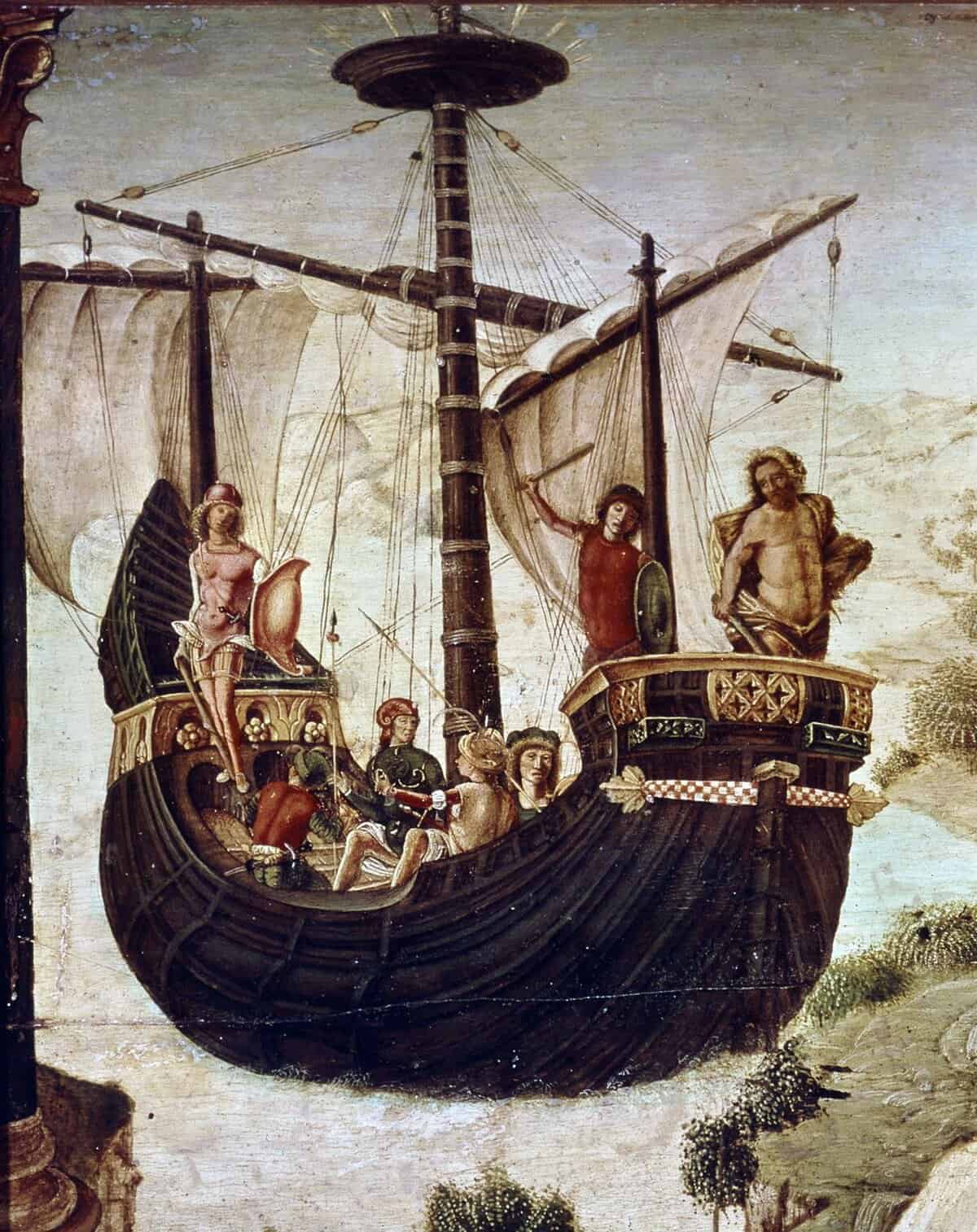
Regardless of any of that though, Jason and the Argonauts finally managed to set off from Pagasae, going from place to place in order to find clues on how to get to the fabled Golden Fleece from Colchis and how they can defeat the dragon in combat.
They first went to Lemnos, only to then visit Samothrace, where they had to undergo an Orphic mystery by one of their crew named Orpheus.
After this point, Jason and the Argonauts made their way to Hellespont, and before long they found themselves in Mysia.
As soon as they got to the country of the Bebryces, Jason and his crew had to go through their first major trial, which happened to be a fight to the death with the local natives.
The fight was rather gruesome and bloody, but before long Jason and his crew were the only ones standing, with all of the remaining Bebryces fleeing for their lives.
The Argonauts thus decided to set sail for Thrace. This is where they met with Phineus, the seer, and they noticed the fact that he was trapped by the Harpies for his gift.
Jason promised him that he’d free him as long as he would tell them if their quest would be successful. Agreeing to the terms, Jason and the Argonauts ended up fighting off the Harpies and eventually rescuing him from their shackles.
As soon as they made it away from danger, Phineus fulfilled his end of the bargain, warning the crew of the danger that the Cyanean Rocks or the Symplegades had waiting for them.
According to him, the reefs of moving rocks here were known to clash into each other, and as such it was practically impossible to navigate through them by ship.
In order to help his saviors though, Phineus did bring up the fact that there was a way out of this peril. He urged the Argonauts to send a dove out in front of the ship.
This way they could tell whether it was safe to sail or not, as the dove wouldn’t fly through any path that was treacherous in the first place.
Following his lead, the Argonauts took the dove and they sent it in front of the ship, but before they could do anything the Cyanean Rocks ended up slightly hurting the dove’s tail.
As a result, the dove flew off, and the Argonauts followed it. This led to the ship’s stern being slightly crushed, but even so the crew made it out safely through the Symplegades or the Cyanean Rocks.
Interestingly enough, the Symplegades remained motionless from that moment onwards. This is because they swore to never move again if someone were to pass by them.
Before long, the Argonauts finally made it to Colchis, meeting up with King Aeetes. He promised them the Golden Fleece as long as Jason was willing to perform a series of impossible tasks for him.
A New Set of Impossible Tasks
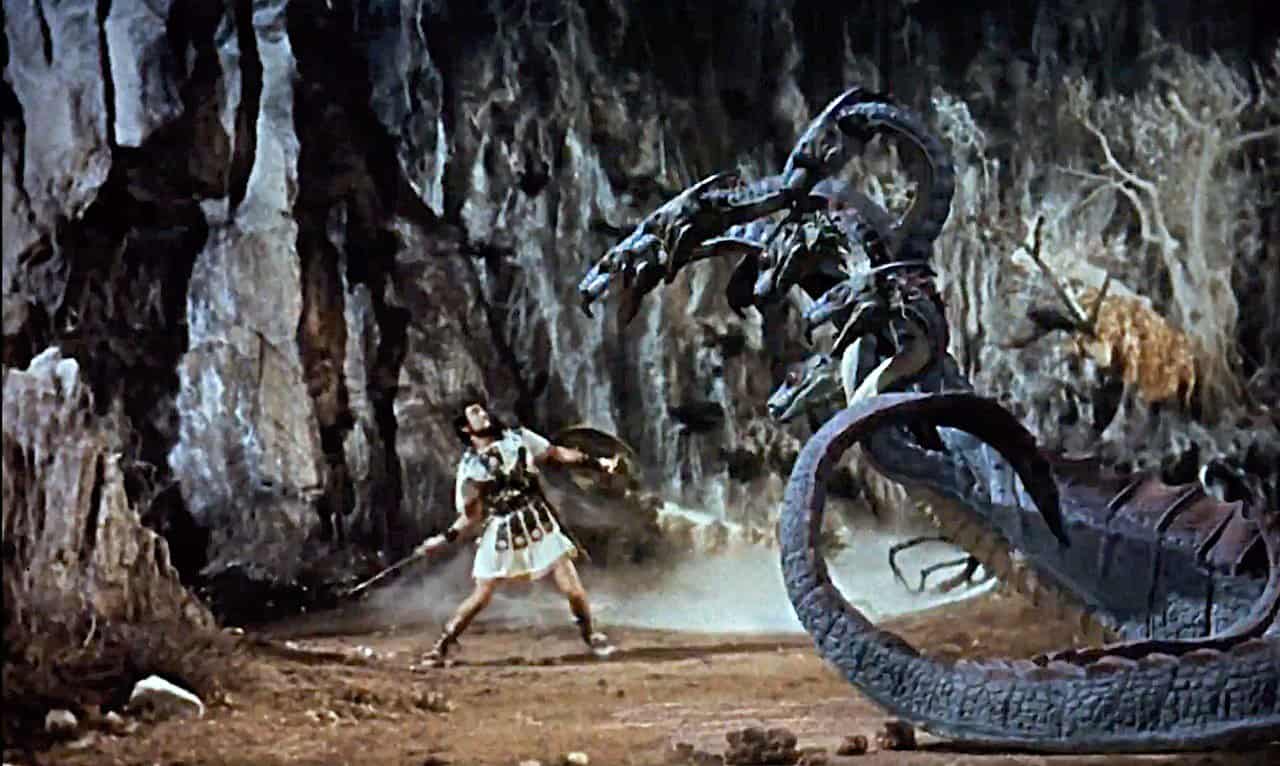
The first of these tasks was to yoke together two fire-breathing bulls, the second was to plow a field and the third was to sow the teeth of a dragon.
These tasks were all truly impossible to achieve, but luckily to Jason, he actually had the help of the king’s daughter, Medea to support him.
She was a magic user, and since she loved him dearly from the moment, she laid her eyes on him, she made sure that he was fire-proof so that no one could ever burn him by giving him balsam to cover his body and shield.
Next up she told him that he needed to throw a stone at the dragon’s teeth. This was because according to her, doing this would cause all the men lurking among them to panic and attack one another as opposed to attacking him.
Long story short, Jason managed to go through all of these tasks with ease with the help of Medea and her magic.
The Final Challenge
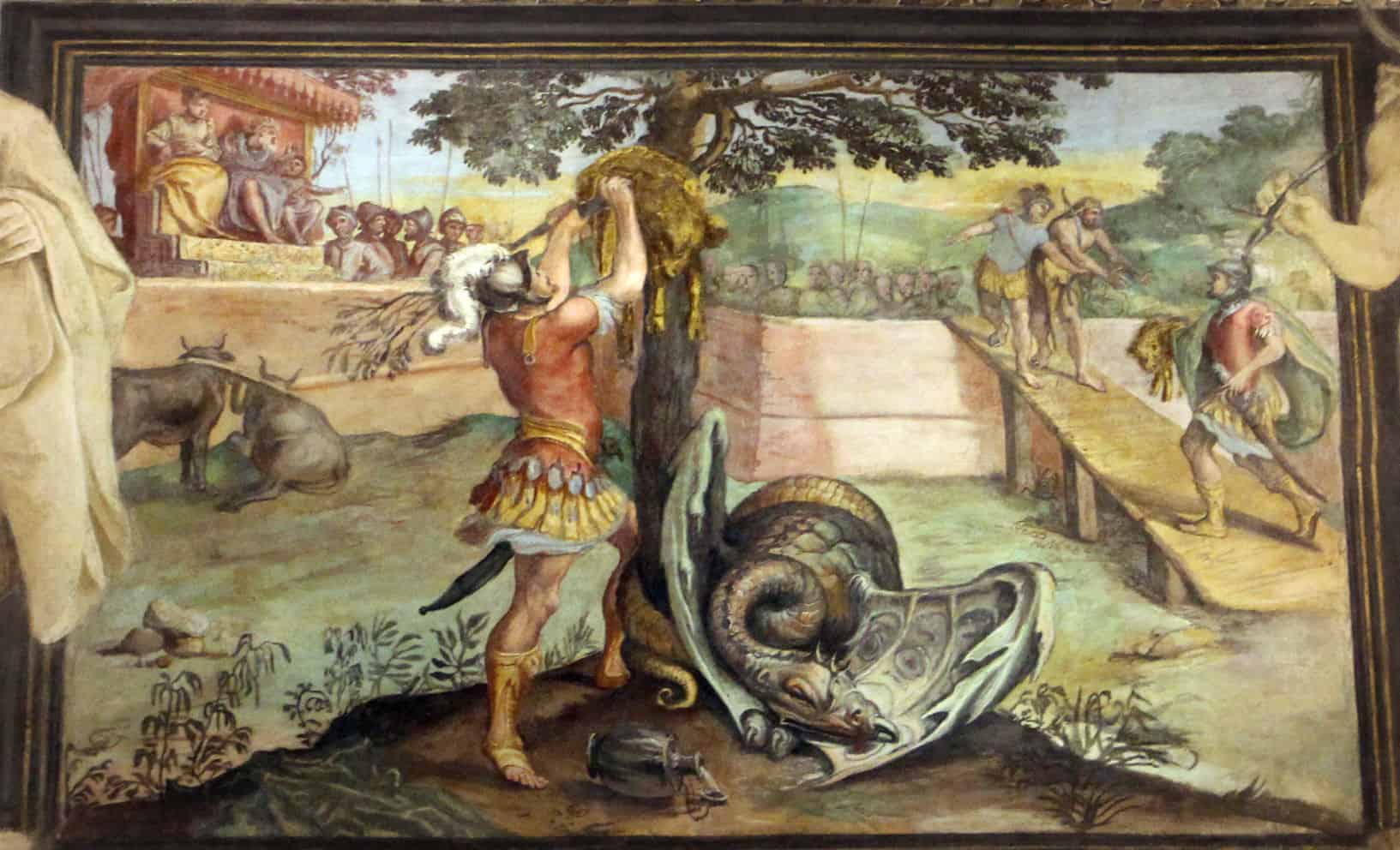
So, triumphantly, he ended up walking up to Aeetes, demanding that he’d be given the Golden Fleece. The king refused however, ordering the dragon to burn Jason and the rest of the Argonauts.
With the help of Medea however, the dragon was restrained. This gave Jason and his crew more than enough time to steal the Golden Fleece and escape the kingdom.
Since it was mostly thanks to her help that he got through everything that day, Medea ended up joining the Argonauts, boarding the ship and swearing fealty to the Argo.
Their way back though wasn’t as calm and soothing as they thought it’d be, as almost immediately they had an encounter with the witch Circe.
After this, Jason also had to face off against Scylla and Charybdis, the sharp rocks and deadly whirlpool that wiped off all of the life off the coast of Sicily.
On top of that they also met up with the Sirens, and they almost took down the crew altogether. Thanks to Orpheus singing beautifully enough to cover the Sirens though, they all made it safe and sound to the next destination.
Because they finally made it to shore, Jason decided to marry Medea, upon which they made contact with a giant named Talos.
Medea again used her magic to defeat and destroy him, after which the crew had to step forward into a dark fog that covered everything as far as the eye could see.
In order to see ahead of him, Jason decided to pray to Phoebus Apollo to light the way forward. Apollo agreed, and he made sure that they could see everything thanks to a shaft of fire that showed them the right path forwards.
Before long the crew made it back to Iolcos with the Golden Fleece in their possession, thus accomplishing the mission they set out to undergo.
An In-Depth Analysis of Jason and the Golden Fleece
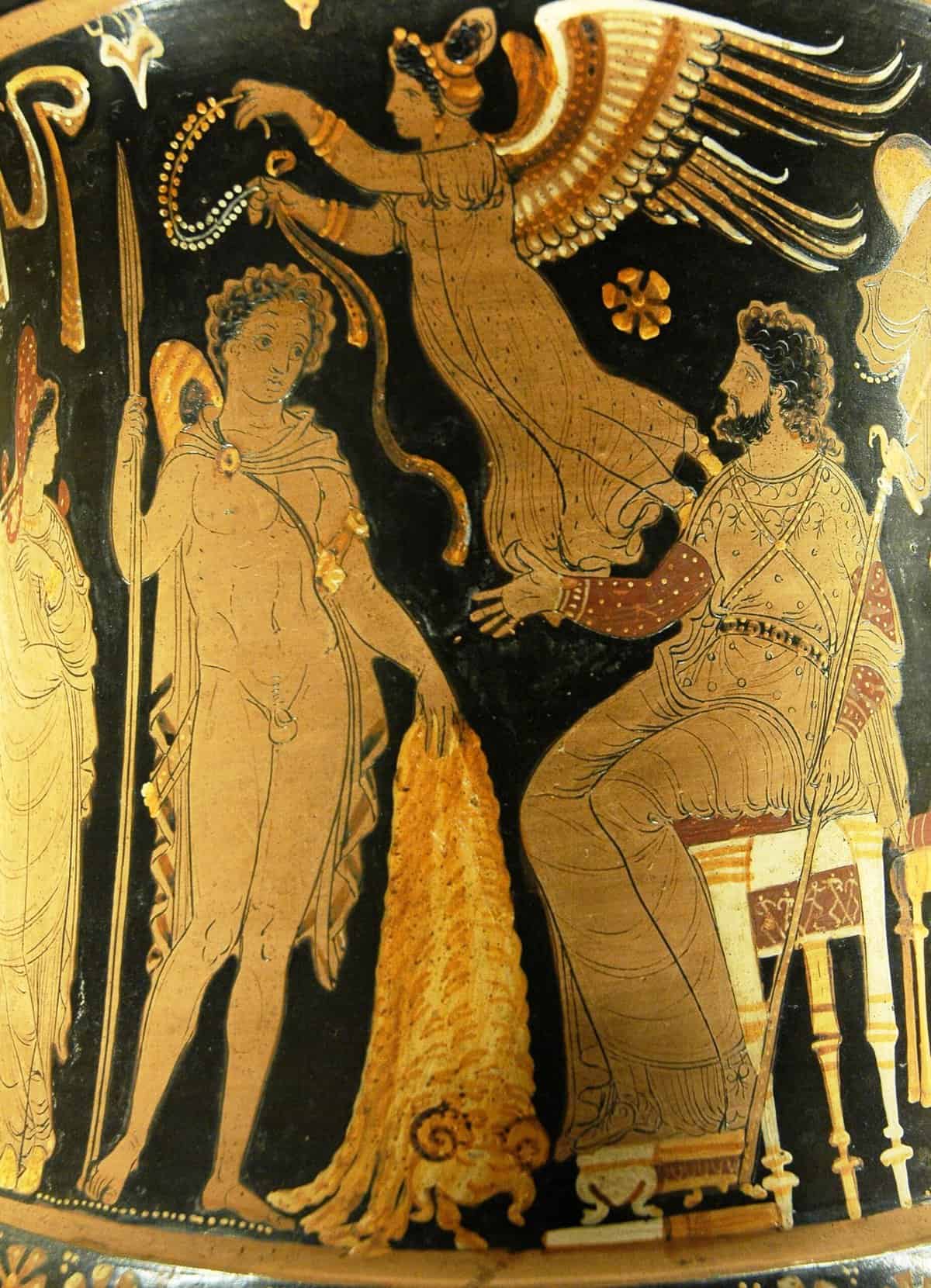
First and foremost, we should mention how the adventures of Jason and the Argonauts are not unique by any means, as the story contains several themes that are common to other Greek classic myths.
For one, you have the hero that needs to overcome a series of trials that are seemingly impossible to complete. While the hero is by no means an average human being, completing these tasks is pretty much impossible for him without external help.
In most of these stories, the main character ends up being helped by a female character that wields power beyond his capacity.
In Jason’s case he meets Medea and through her magic assistance he is capable of undergoing every trial that is thrown his way.
This is also seen in Homer’s works, as in one of his poems Odysseus receives help from a female companion while in another one Perseus is assisted by a female helper that enables him to kill the Gorgon Medusa.
On top of that we also have the fact that in Jason’s quest, he meets a seer that helps him by telling him how his journey will end. This also happens in Odysseus’ journey as he takes a moment to speak with Tiresias before he finally journeys back home.
But if the story of Jason and the Argonauts is so good at emulating everything that makes the other poems so good, why is it not as popular as they are?
Well, the thing about this story is that it is credited a lot by later writers such as Virgil and Apollonius, as they stated that this was their main source of inspiration early on in their careers.
They especially credited the portrayal of love between Jason and Medea, as it is not just Medea that falls for him or the other way around, it is a genuine love spark that causes the two to team up and eventually marry.
On top of all of that, the story of Jason and the Argonauts is a long catalogue of threats and tasks that the hero needs to go through in order to finally return home victorious. Every step along the way is full of perils and dangers, which in itself makes this a very exciting read to go through.
Interestingly enough though, E. V. Rieu, a British classicist, publisher, poet and translator stated that he believed Apollonius to be referring to the newly built Pharos at Alexandria.
In case you didn’t know by now, the Pharos from Alexandria used to be one of the Seven Wonders of the Ancient World, and it was meant to clear the way for ships back in ancient times.
So, according to Rieu, the God of Sun Apollo mentioned in the story could very well just be a reference to the Pharos.
Besides this popular theory we also have the one brought up by Tim Severin, a renowned British explorer. He was the one that decided to embark on a journey of around 1,500 miles, repeating Jason’s own quest to see where it would lead him.
In doing so he managed to reach his destination, aka the wondrous Colchis from the story, and to his surprise, he commented on his journey in his book The Jason Voyage: The Quest for the Golden Fleece.
This where he stated that most of the journey could have very well been based on a real event in which a man named Jason could have gone through the journey after all.
The story however does exaggerate the events quite a lot, as he states that a lot of the fantastical elements here could very well be explained by commonplace Bronze Age practices.
Conclusion
So, was anything from the story real? Well, we can’t say for sure, because after all, correlation doesn’t always mean causation.
Just because you can explain the fantastical elements of a story by simply taking real practices into consideration that doesn’t mean they are related after all.
The only thing we can say for sure is that the story of Jason and the Argonauts is and will forever be one of our personal favorites when it comes to Greek mythology and its epic poems.
The characters are well defined, there is danger and peril around every corner and the ending is perfect by all means. We highly recommend that you check it out if you are a mythology buff just like we are.
While we can’t promise you that it’ll be better than Homer’s works, we can still vouch for the fact that it will be well worth your time.

